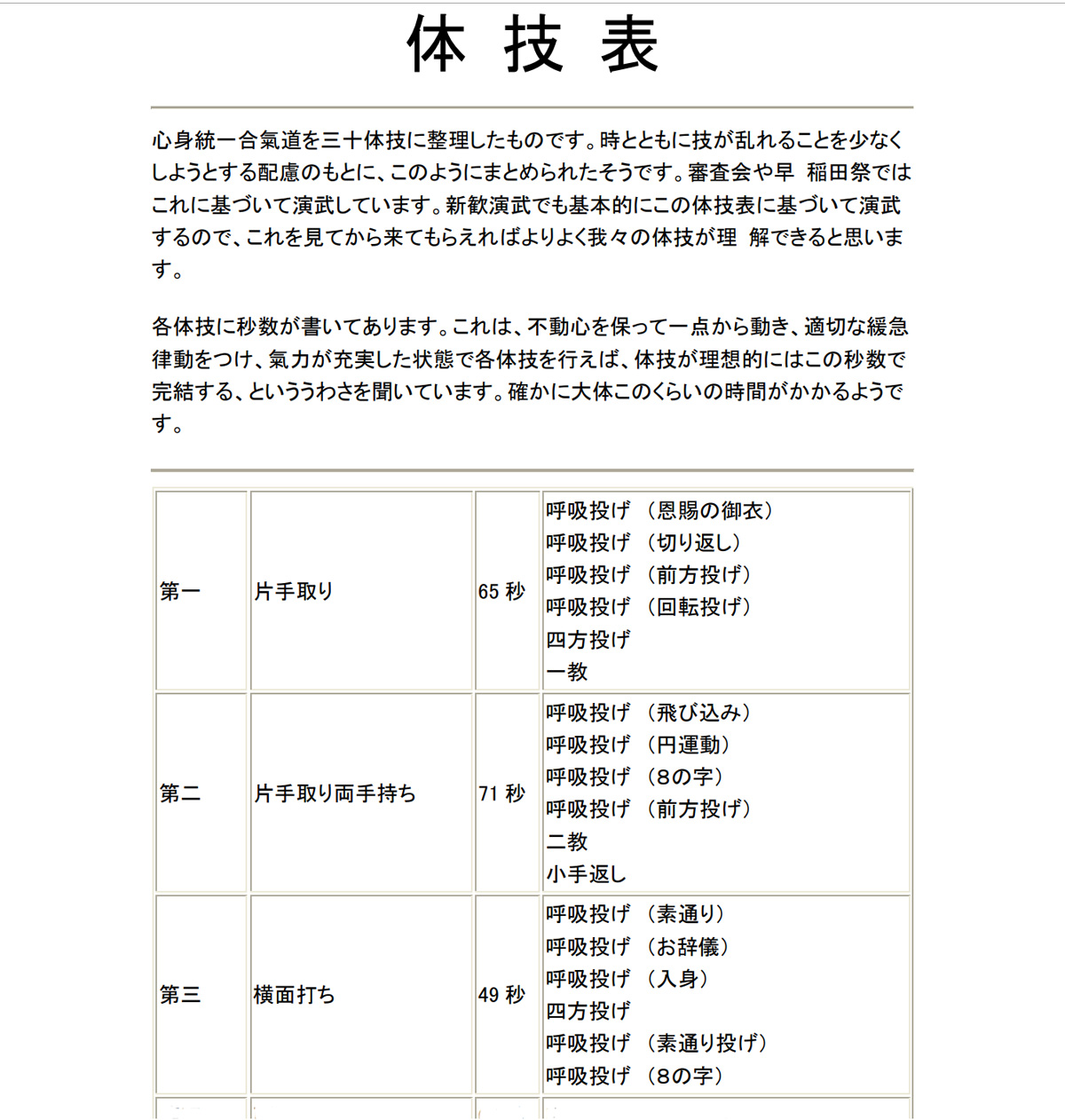
1 Aizu
The domain of Aizu (会津藩, Aizuhan) was one of the medium-sized fiefdoms in the Edo period. During the Meiji Restoration, it sided with the Shogun and was defeated in the Boshin War (1868–1869). Aizu-Wakamatsu Castle (会津若松城) was subsequently destroyed in 1874 and reconstructed in concrete as a museum in 1965. Following the dissolution of all fiefdoms in 1876, Aizuhan became part of the new Fukushima Prefecture.
Aizuhan was the home of the Takeda-ryū Aikijūjutsu.


